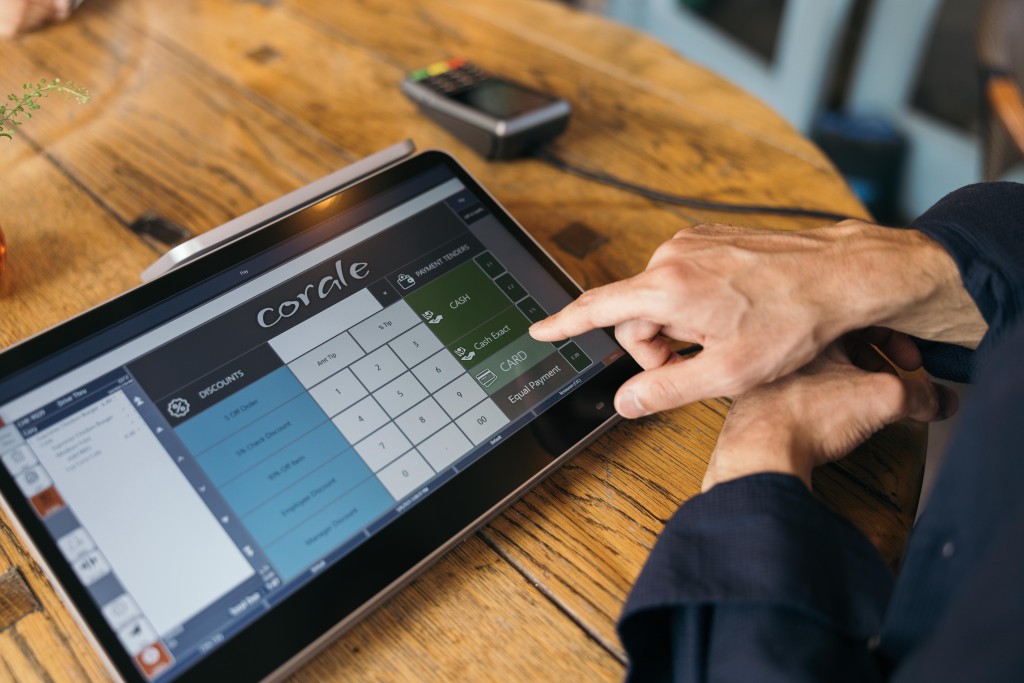As the food and beverage industry continues to evolve, restaurant operators are adopting and employing new technological innovations to meet persistently high customer expectations. Businesses grapple with the delicate balance of preserving authenticity and brand identity while meeting the demands for speed and convenience. Simultaneously, automation and predictive analytics are becoming integral as restaurant operators adapt to supply chain disruptions, inflation and labor shortages.
With these shifts, here are some of the trends we expect to see take over the food and beverage space in 2024:
- Brands will further invest in Loyalty and AI to strike a balance between self-service and bring your own device technologies and maintaining their brand identity.
As self-service and Bring Your Own Device (BYOD) replace traditional in-store engagement for Quick-Service Restaurants, maintaining brand identity becomes increasingly vital. AI-powered voice, text, and offer engines are poised to replace counter interactions, handling upselling and service recovery. The improvement of Natural Language Processing (NLP) allows brands to craft a unique identity aligned with their values, blurring the line between human and automated interaction.
Although not reaching sci-fi movie levels, brands will use AI to try to build trust. Loyalty programs and sensible AI integration are central strategies for achieving this, as brands aim to close the gap between in-restaurant and retail loyalty purchases. Leveraging various channels, from third-party delivery to exclusive apps, businesses strive to reinvent loyalty plans, utilizing technology platforms to analyze extensive datasets for actionable insights and better influence outcomes.
- Virtual brands will continue to be a growth opportunity for table service and fast casual operators.
Increased kitchen capacity, real estate investments, and an expanded delivery radius present an opportunity for table service and fast-casual operators to diversify revenue streams and boost sales. To capitalize on this strategy, a refined operational model is crucial, focusing on sales channels and assessing performance metrics such as cost per sale and item margin. Successful implementation also hinges on advanced restaurant technology, enabling real-time decision-making for managers and staff.
When the dining room is full and third-party orders overwhelm the kitchen, operators need tools to adjust channel availability, pricing, and promotions instantly. The future kitchen technology will be interconnected across all channels, offering real-time data on business status and integrating various elements such as pre-prep requirements, aggregator performance, and more into a unified platform.
- The role of payment processors will continue to be an important financial decision as the volume and variety of digital payments (and costs) continue to grow.
Industry reports highlight that approximately 70% of restaurant transactions are non-cash, signaling a rise in the cost of accepting payments. The variability in credit card fees and the proliferation of payment options directly impact the financials of businesses. In 2024, operators plan to explore alternative fee structures, enhanced transparency, and added value from payment processors. This entails gaining additional consumer insights, implementing end-to-end reconciliation processes, and ensuring streamlined support throughout the entire tech stack.
- Technologies such as AI, machine learning (ML), and NLP will be deployed across the industry to automate redundant tasks, improve customer experience, increase data capture, and enhance productivity.
AI in the food and beverage industry is transitioning beyond a customer-focused approach and increasingly integrating into both back- and front-end processes. This shift aims to leverage AI to enhance understanding of menu item popularity, engineering decisions, price elasticity, offer redemption, and their impact on diverse audiences. AI can play a pivotal role in assisting businesses to predict ordering trends, optimize ingredient availability and fine-tune sales.
The implementation of AI promises near real-time measurements, guiding businesses on strategic decision-making. Moreover, the industry is recognizing the transformative impact of smart recommendations and user experiences facilitated by AI, reducing manual tasks and decision-making. Whether driving offers on kiosks or mobile devices, intelligent and consistent AI-driven suggestions are expected to elevate check values and enhance satisfaction for both customers and staff in the restaurant environment.
- Consumer experiences will be delivered with easy-to-use enterprise capabilities.
The Payment Card Industry Security Standards Council (PCI SSC) introduced the Mobile Payments on Commercial off-the-shelf (MPoC) standard last year, outlining requirements for accepting payments on any mobile device. This standard empowers merchants in the food and service industry to utilize certified mobile devices for payment acceptance. The future restaurant can run on a streamlined IT setup, utilizing 5G connectivity and edge computing for user-friendly communication, efficient software distribution, updates and a simplified out-of-the-box experience.
The coming year could see a transformative shift in how quick-service brands engage customers. The convergence of data, loyalty initiatives, and AI could redefine authentic customer interactions. Ultimately, these trends signify a commitment to address the evolving needs of both restaurants and customers by leveraging technology to foster authentic and customer-focused experiences.







